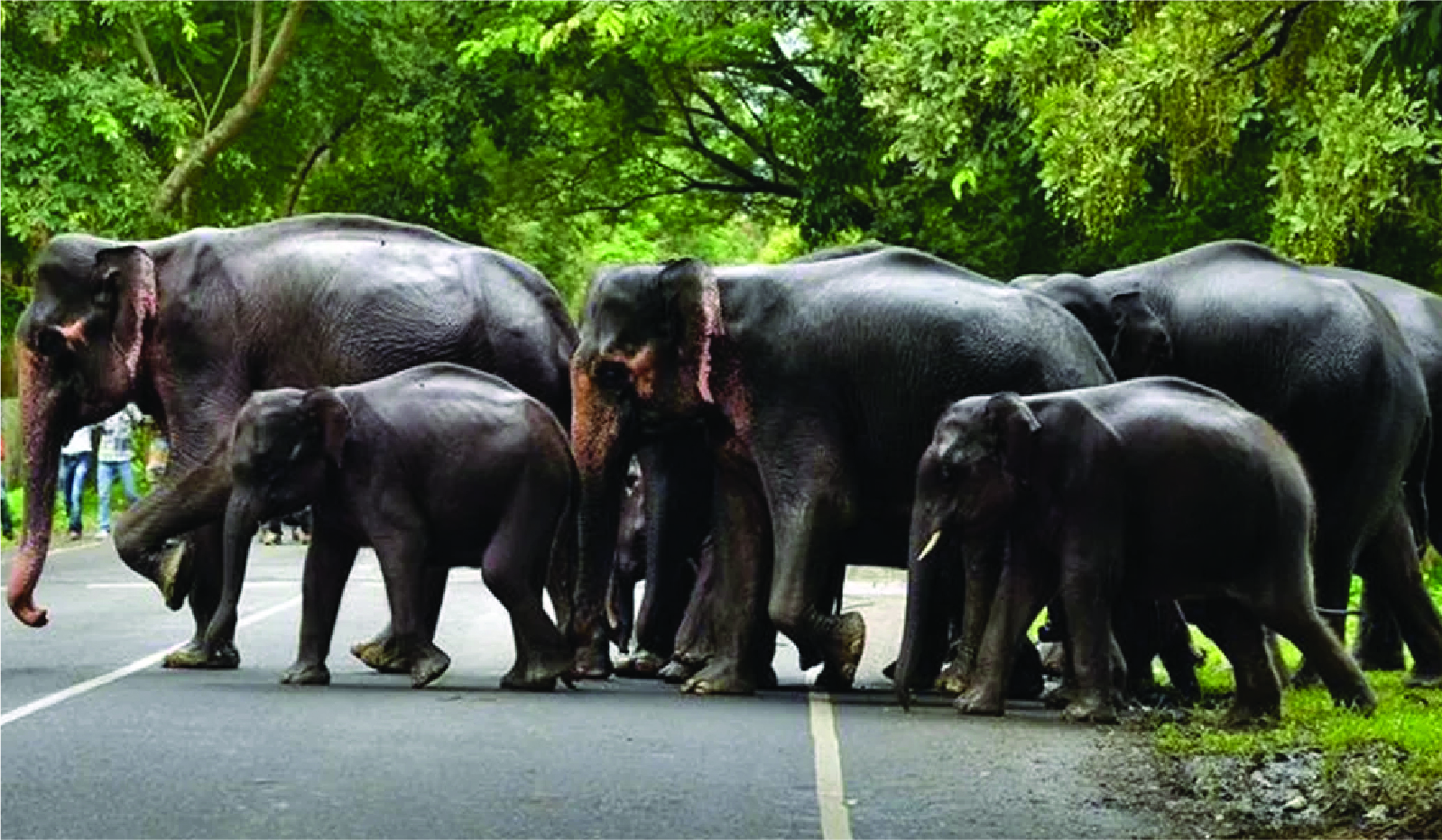SAIEE is India’s first DNA-based count of elephants conducted by the Wildlife Institute of India, under the aegis of Project Elephant Ministry of Environment, Forest and Climate Change.
Key Findings of the report
- It estimates total Asian Elephant population at 22,446 and India harbours the largest wild population – approximately 60% of global total.
- Currently, wild elephants persist mainly in four forested hill regions— Himalayan foothills, Northeastern states, East-central India, and Western/Eastern Ghats—with a small feral population in Andaman Islands;
- Western Ghats hosts the largest population of wild elephants followed by North Eastern Hills and Brahmaputra Flood Plains.
- Among states, Karnataka supports highest population, followed by Assam, Tamil Nadu and Kerala.
- Threats:
- Habitat Shrinkage & Fragmentation: Once-contiguous elephant population in the Western Ghats is rapidly disconnecting due to changing land use, including expanding commercial plantations (coffee and tea), invasive plants, farmland fencing, human encroachment and mushrooming developmental projects.
- Human–Elephant Conflict (HEC): Rising sharply in Central India and Eastern Ghats.
- Linear Infrastructure: Roads, railways, and power lines disrupt corridors and cause fatalities via electrocution and collisions.
- Recommendations: Strengthening corridors and connectivity, restoration of habitat, improving protection strategies and mitigation of developmental projects.
Asian Elephants
|





